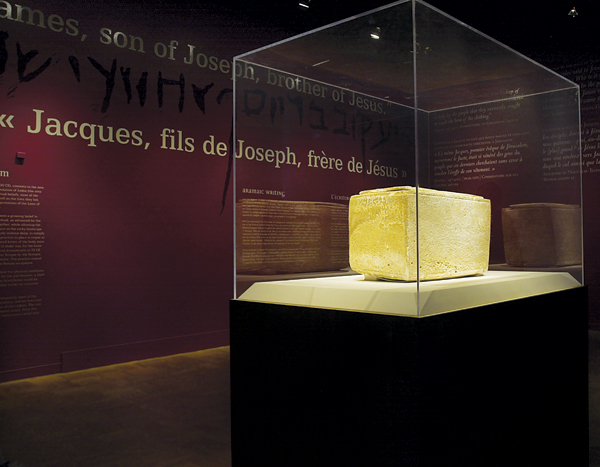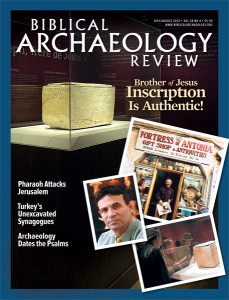
In all the hubbub and flurry of the verdict last March in the “forgery case of the century,” one question—the central question—seems to have gotten lost: Is the ossuary inscription “James, son of Joseph, brother of Jesus” genuine or not? And if it is, does it refer to Jesus of Nazareth? After all, “Jesus” was a common name at the time.
These are enormously important questions to the world of Christianity, as well as to anyone else interested in the material world as it existed at the time Jesus walked this earth.
As to the authenticity of the inscription, while we should not avoid reasons for doubting the authenticity, neither should we dismiss it simply because it is “too good to be true.”
Is the inscription authentic? The court held only that the prosecution failed to prove beyond a reasonable doubt that the inscription was a forgery. But it surely did not find that the inscription was authentic. I have no doubt, however, that it is.

Why the Inscription Is Authentic
Two world-class experts in paleography (the art and science of authenticating and dating inscriptions based on the shape and stance of the letters) have expressed their view that it is. They are André Lemaire of the Sorbonne and Ada Yardeni of the Hebrew University.
Already a library member? Log in here.
Institution user? Log in with your IP address.

